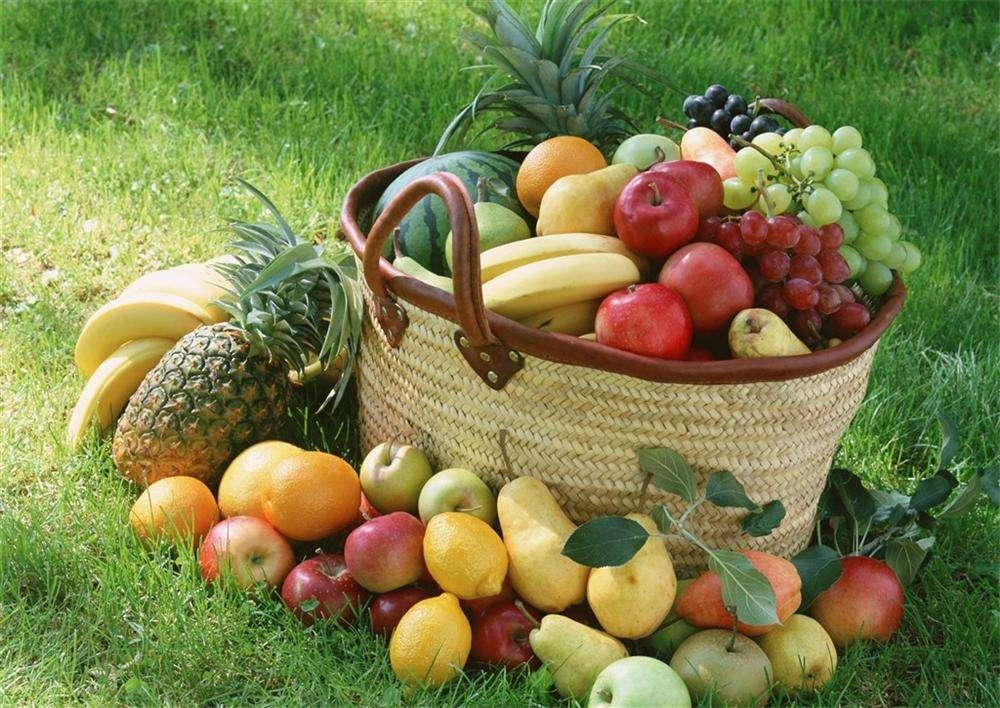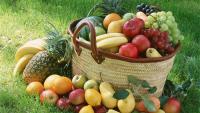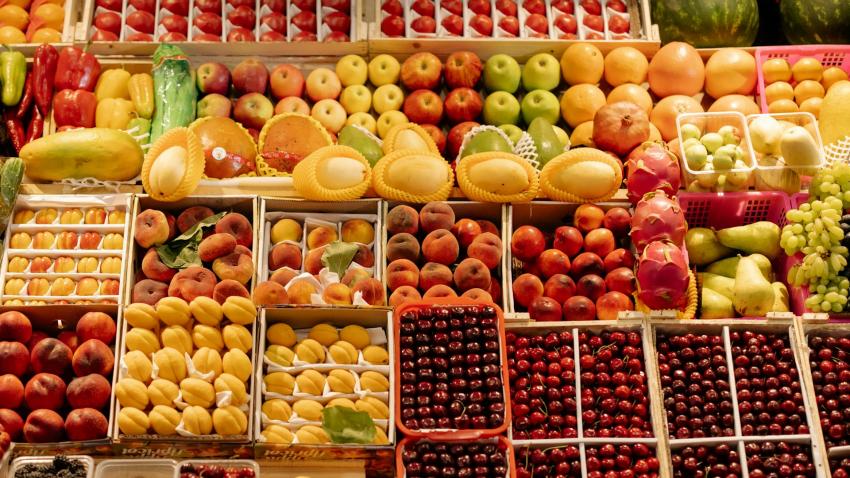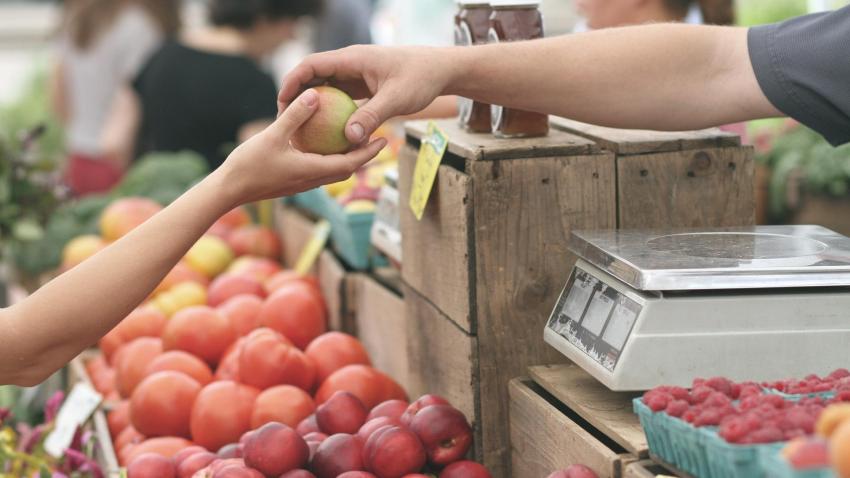You are here
Back to topCherries Become King: China’s 2016 Imported Fruit Market in Review

2016 was a year of dramatic change for fruit categories and products on mainland China’s imported fruit market. Cherries recorded an 18% growth rate in 2016 to become China’s most imported fruit in terms of value. Imports of cherries in China have grown by 177% over the past three years, from $286 million in 2013 to $793 million in 2016, and cherries now enjoy a 16.2% share of mainland China’s imported fruit market.
As sales of cherries soared, banana imports fell sharply, decreasing by 24.5% to $583.5 million in 2016. Since 2014, when they reached their peak of $806.7 million, imported bananas have been on the decline and now comprise less than 12% of China’s imported fruit market by value, falling from 1st to 4th most imported fruit by value. Among the top ten imported fruit varieties in 2016, other decreases included guavas, mangoes, and mangosteens, which lost the most ground and retreated by 35.1% to $168.7 million, and apples, which had a disappointing year after falling by 16.5% to $122.5 million.
Durians rebounded by 22.1% to $693.5 million in 2016 and rose from 4th to 2nd most imported fruit in China, with grapes remaining 3rd thanks to a modest growth rate of 7.2% to $628.8 million. Oranges had the highest growth rate of the top ten fruit imports at an impressive 46.5%. Since 2014, imports of oranges have increased by 122.6% and in 2016 these imports were valued at $242.2 million. Kiwis also showed strong growth in 2016. Since 2013, imported kiwis have risen by nearly 183% and continue to exhibit sustained year-over-year growth, rising by 28.6% in 2016 to $342.9 million.
Once a non-factor in China’s imported fruit market, avocados are now the 11th most imported fruit in China, after an increase of 73.6% to $78.3 million in 2016. While not as meteoric as 2015’s growth rate of 280%, 2016’s figures for avocados are still very promising, which bode well for the future of avocado imports in China.
In Hong Kong, the rise of imported cherries was even more pronounced. Cherry imports grew by 60.1% to $534.4 million, representing fully 20.5% of Hong Kong’s total imported fruit market by value. Cherries thus became the most imported fruit in both mainland China and Hong Kong, displacing grapes, which increased 4.66% to $459.9 million in Hong Kong. Imports of durian and oranges in Hong Kong also saw significant increases for 2016, rising by 24.2% and 15.8% to $403.3 million and $271.7 million, respectively. By themselves, these four categories of fruit account for nearly 64% of Hong Kong’s imported fruit market. Other significant increases in Hong Kong’s imported fruit market included berries of the Vaccinium genus (cranberries, blueberries, etc.), which increased by 84.7% to $49.7 million, and avocados, which rose by 118.1% to $40.4 million.
For additional information and to learn more about China’s imported fruit market, please participate in PMA Fresh Connections: China, to be held in Shanghai from March 15-17, 2017.
Photo: Baidu pictures













Add new comment